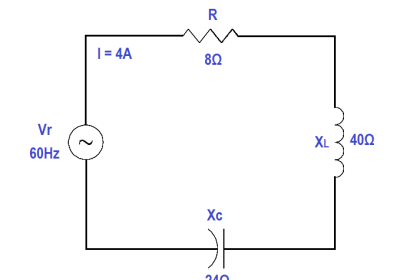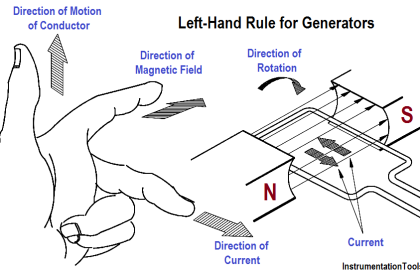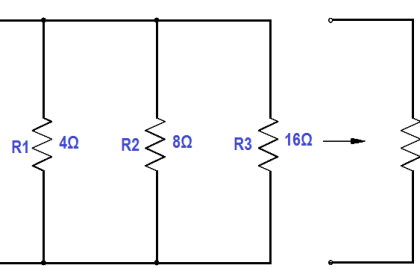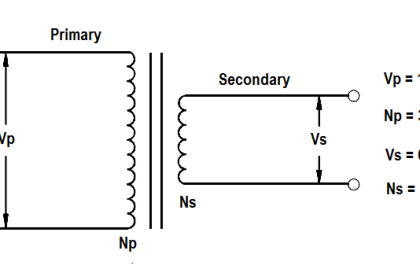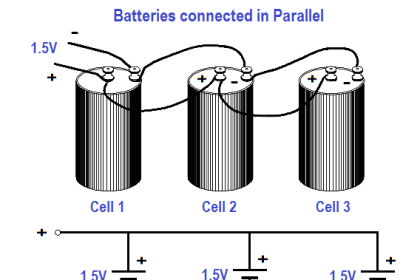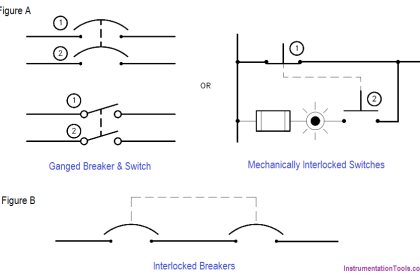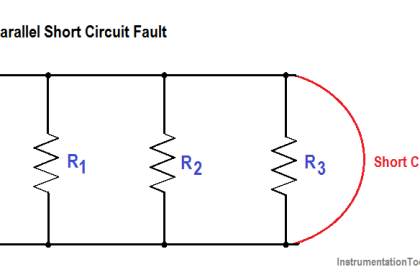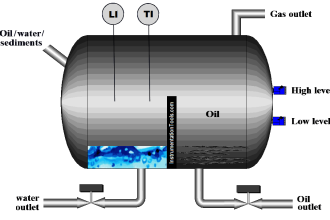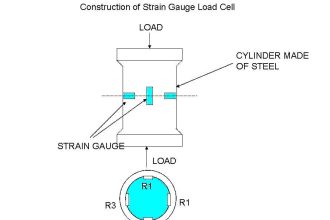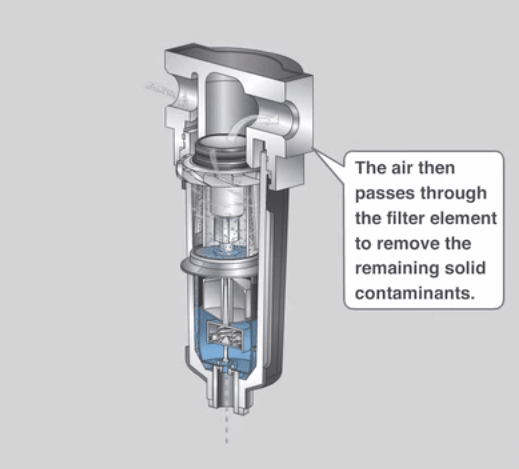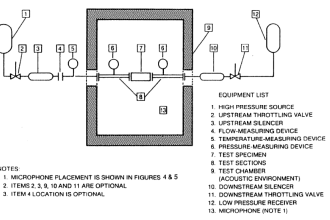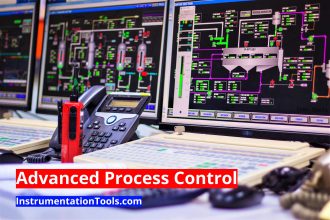The symbol for a transformer gives no indication of the phase of the voltage across the secondary. The phase of that voltage depends on the direction of the windings around the core.
In order to solve this problem, polarity dots are used to show the phase of primary and secondary signals. The voltages are either in phase (Figure 1a) or 180° out of phase with respect to primary voltage (Figure 1b).
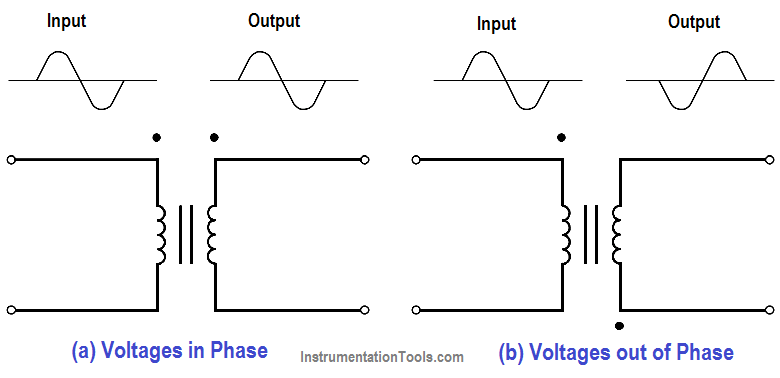
Figure 1 : Polarity of Transformer Coils
